A320Slave, would you mind reducing the size of your image to avoid upsetting the text?
Regarding the course of the plane, let us see how it looks if we take into account the best evidence we have about bank angle. Hemphill says the plane was always on his right and went straight to impact with the Pentagon. See his line of sight in the image below. Morin says he stepped out from between the wings of the Navy Annex and watched the plane descending, going parallel with the Annex, and therefore straight. Darrell Stafford and Darius Prather show the plane was wings level going over the roof of the Annex. See their illustrations below.
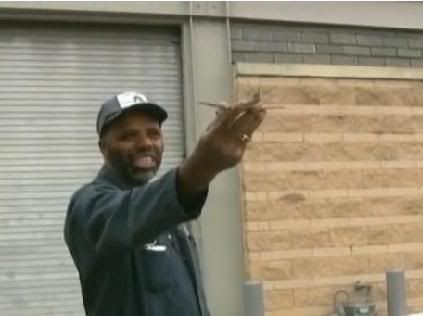
Stafford: "Flat on top of the roof" [of the Navy Annex]
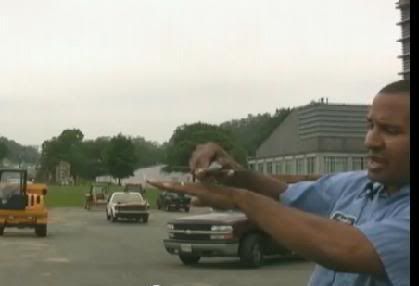
Prather: "This is the Navy Annex.." [His left hand]
Clearly we cannot start the turn until the plane has cleared the Navy Annex. You say we should not trust the radar track, so let us move the track northward to ease the turn as much as possible. The plane was viewed through the southern windows of the Sheraton Hotel and Paik's workshop, so we cannot place the track further north than their positions. The long thin yellow line is the track as determined by radar. The green line is the track shifted north. The turn, shown in red, commences at the edge of the annex. Half a second is allowed for rolling from a left to a right bank, which is impossibly short, thus easing the turn further.
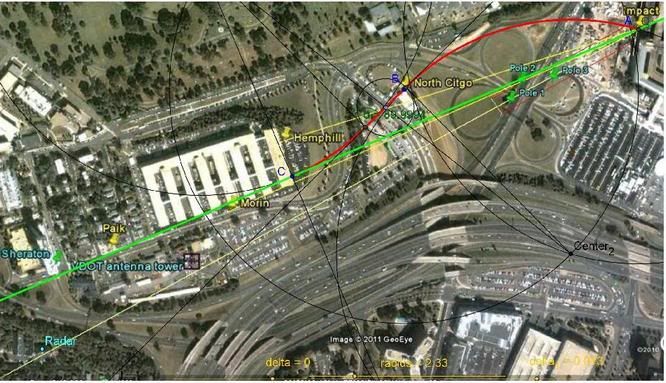
What do we find? The radius of turn is 1599 feet. The average air speed according to the FDR for the last four seconds was 480 knots. This gives a bank angle of 85.5 degrees with a wing load of 12.8g.
Clearly that won't work for you. We will have to ignore a bit more evidence. We will ignore the speed and acceleration of the plane as determined by radar:
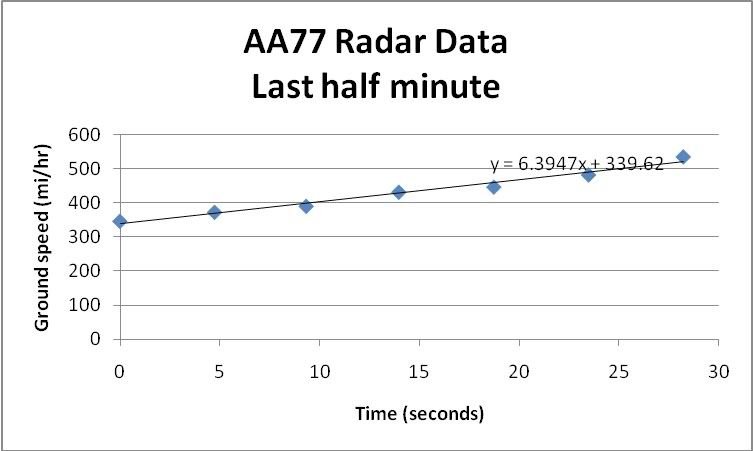
Witnesses say the plane was "spooling up", "full throttle", "powered descent" and " the noise was absolutely deafening". That seems to indicate the plane was speeding up, as shown by radar and in the FDR file, where we see the throttles pushed fully forward for the last 30 seconds. But let us ignore all that and see how slow the plane would have to go to achieve a bank of say 30 degrees. We find it is 102 knots.
But it is worse than that. Prather makes it clear the plane travelled some distance past the Annex and descended before the turn commenced.
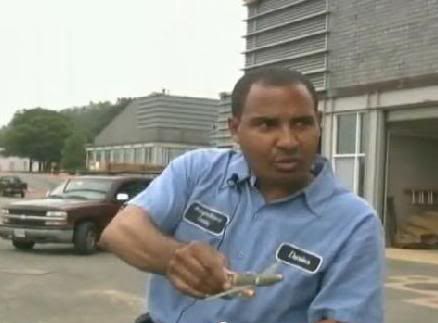
Prather: "It dropped down a little bit."
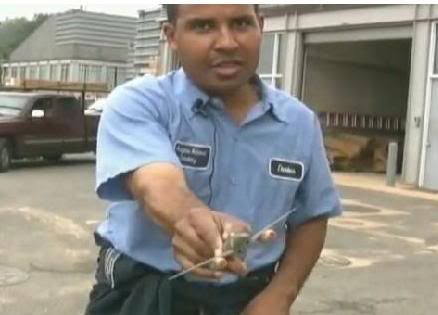
Prather: "and then it started angling."
If we take the delayed turn into account, the g-force and bank, already impossible, will become astronomical. I think you would have preferred the previous more conservative analysis where we assumed the plane started to deviate at the last radar position. That gave a bank of 77 degrees and a load of 4.8g.
It is clear Stafford and Prather misjudged the position of the plane and thought it was closer than it was. They were not really in a good position to judge the distance, being near the cemetery, but the angle of bank near the Annex would have been very clear and easy to get right. Hemphill was the one who was in the best position to see the alignment of the track and he asserted that it was always on his right and that "it didn't turn left, it didn't turn right". He also mentioned ground effect, indicating he perceived the plane as very low and wings level. He made no mention of bank at all. Surely a bank of 77 degrees, as in the first calculation above, would have been very clear to him but he made no mention of bank.
Many witnesses described the approach of the plane to the Pentagon. None mentioned a steep bank. Few mentioned the bank at all and those that did said it was slight.
Is there any conclusion possible other than that the plane flew pretty well straight from somewhere near the Annex to the impact point?